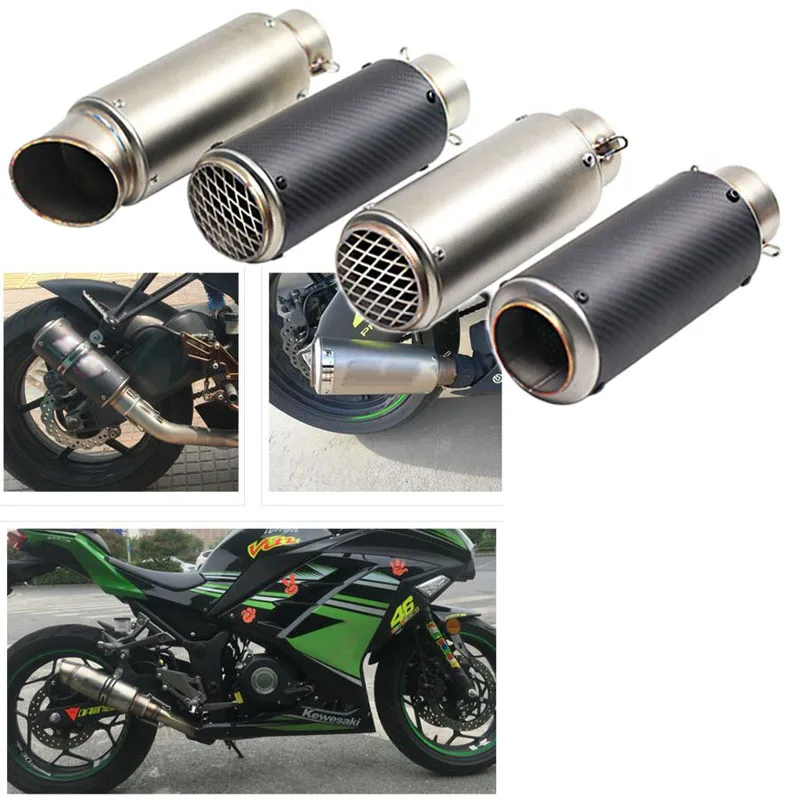Your exhaust system is probably going to be the hottest part of your vehicle when the engine is running and after you shut it off. Exhaust systems are made to get hot and are made from materials that can withstand the heat.
What can’t withstand the heat is any part of your body or materials like plastic or rubber. So, what if your muffler gets hot? How high does the temperature rise? If you’d like to find out, keep reading!
After an engine has warmed up to its operating temperature, it doesn’t take long for the muffler to reach an average of 900-degrees Fahrenheit. That’s enough to give a person some serious burns, and also enough to melt common everyday materials like plastic and rubber. Although mufflers are designed to withstand that kind of heat, most other everyday objects aren’t.
A muffler can reach temperatures of over 900-degrees, and should always be given time to cool down before someone works on or even touches them. For tips on how to handle a hot muffler, read on!
An average muffler on an average car can get anywhere between 400-700-degrees Fahrenheit.
Of course, that temperature can change with vehicles that aren’t so average.
The bigger the engine, the more hot gasses will be expelled and flushed through the exhaust system.
This will make a muffler run much hotter, possibly as hot as 1200-degrees for a big truck, and as hot as 1600+ degrees for modified applications.
Something else that can make a muffler run extremely hot is the location of the muffler.
For instance, if you have a mid-engine vehicle, the muffler will be that much closer to the engine, causing it to get hotter.
This is a very rare problem, if there is a problem at all.
For high-performance applications, a glowing muffler could just mean you have been running it hard, the way it was designed to run.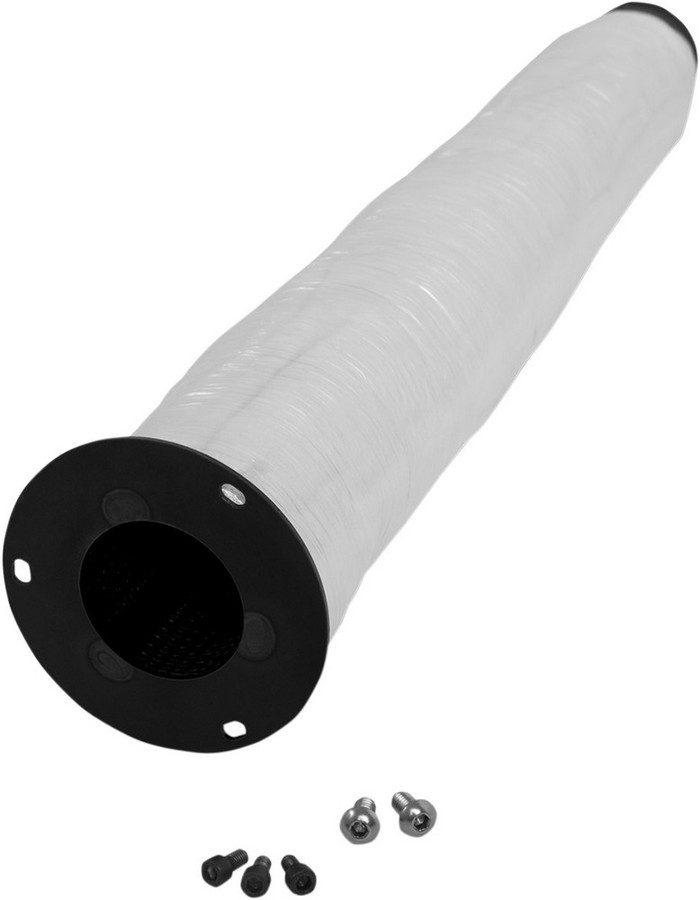
However, if you don’t have a high-performance application, and your muffler is reaching temps so high that it makes the muffler glow, you probably have a timing problem, or your engine is running too lean.
Either way, both of these problems need to be fixed.
The hottest part of the exhaust system is not the muffler, but is the exhaust manifolds or headers that connect to the engine.
All exhaust parts that are closer to the engine will be hotter than the pieces of the exhaust that are by the rear, like the tailpipes.
Other parts of the exhaust system that tend to reach higher temperatures are the catalytic converters and the O2 sensors.
An ATV does have a considerably smaller engine than a car, but that does not mean that their exhaust pipes don’t get just as hot.
The mufflers are much closer to the engine, and depending on how hard you are riding one vs. how lean the engine is running, your ATV muffler can get anywhere from 900-1600-degrees after a long period of time running.
how lean the engine is running, your ATV muffler can get anywhere from 900-1600-degrees after a long period of time running.
These exhaust systems can also be more problematic for human injury, because they are much more exposed and within human reach, more so than a vehicle muffler.
Whether it’s on a tractor or a push lawn mower, these mufflers still get up to 300-600-degrees after running for some time.
Although not as hot as a vehicle or an ATV muffler, that is still hot enough to burn the skin off a human.
A diesel muffler will get about as warm as a regular gas-burning vehicle’s muffler.
Anywhere from 350-700 degrees is pretty normal for a diesel, although they might run a little cooler because they create much more torque at lower RPM levels.
Most exhaust systems can tolerate 1200-degrees Fahrenheit, and some exhaust systems can tolerate even more, possibly up to 2000+ degrees on racing applications.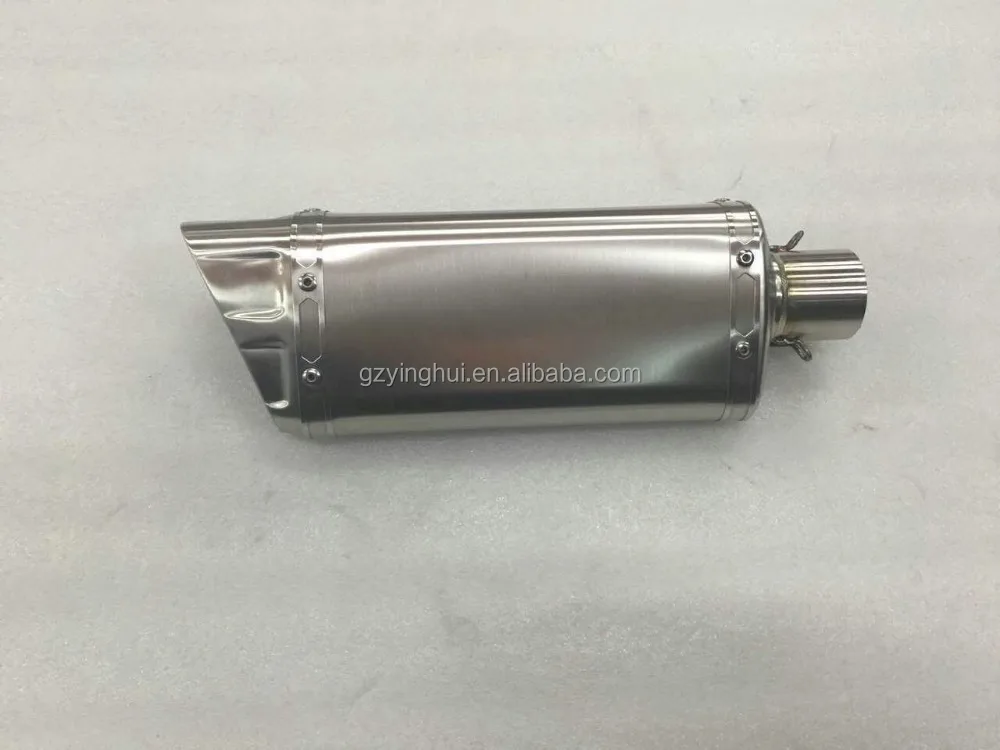
However, it’s not normal for your normal vehicle’s exhaust system to get so hot that it glows.
If you have this problem, you’re driving your vehicle too hard, and or you might want to have it checked out for other issues.
A muffler can go bad and overheat, causing the engine to overheat.
When it starts to affect the engine, you could be causing yourself headaches you want nothing to do with.
So, when you notice you have a problem with an overheating muffler or engine, you’ll want to get to the dealership/auto shop as soon as possible to save yourself from any expensive damaged engine parts.
The muffler itself shouldn’t take too long to cool, maybe about 45-minutes.
But other parts on an exhaust system like the O2 sensors, catalytic converter, or the headers/exhaust manifolds could take up to an hour.
Lowing the temperature of your exhaust could be as easy as getting an aftermarket muffler that promotes more flow.
The less restriction on the exhaust flow will also create a little more horsepower, torque, and better gas mileage.
When changing your muffler, you can also go with bigger diameter exhaust pipes to create an even better flow. The only trade-off here is that exhaust systems aren’t cheap.
To learn more, you can also read our posts on types of headlights, wheels alignment symptoms, and most expensive tires.
For any muffler that goes on an internal combustion engine – after running for about 5-minutes – they will have heated up enough to burn the skin of a human.
After about 20-minutes, they will have heated up enough to melt materials like rubber and plastic. The best thing to do when it comes to a muffler that has been running is not to touch it for at least 20-minutes while it cools down.
Being too worried about the muffler of either your car or motorcycle? Well, you should not be.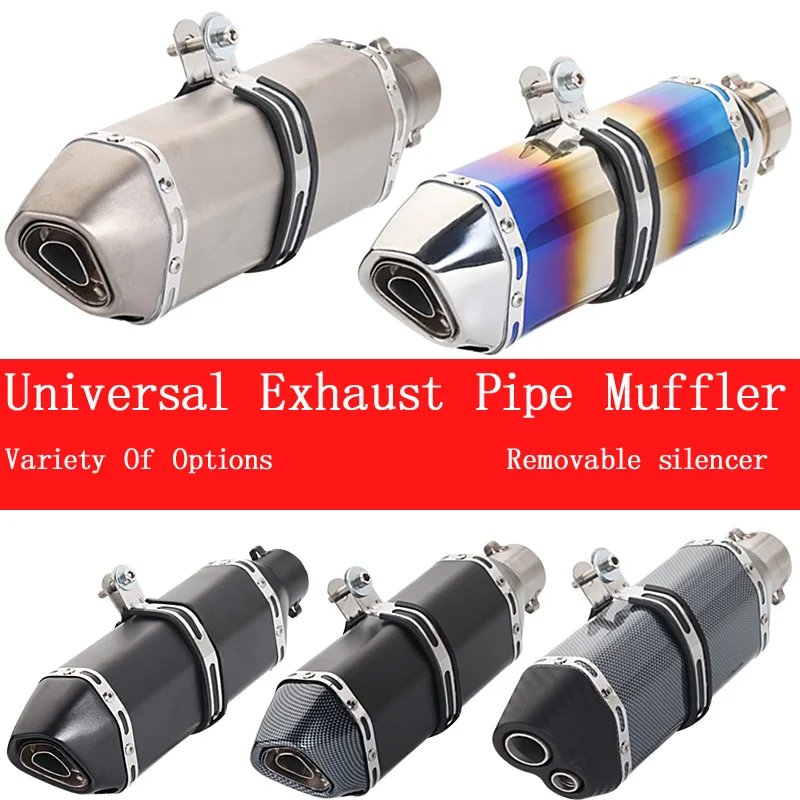 Why? Because there could be ways on how to handle exhausted muffler and if you are equipped with the idea whether how hot does a muffler get then things will be a lot easier for you.
Why? Because there could be ways on how to handle exhausted muffler and if you are equipped with the idea whether how hot does a muffler get then things will be a lot easier for you.
How Hot Does A Muffler Get And How To Repair One?
But First, What Is A Muffler?
So, How Hot Does A Muffler Get?
But, How Are You Going To Repair The Muffler Hole?
Materials And Tools
Find The Problem
Outside Or Inside
Fixing
Why Not Get Rescued By Professionals?
A muffler or also referred as a silencer is a device for decreasing the amount of noise being emitted by the exhaust of the internal combustion engine. Mufflers are designed in order for the exhaust gasses to slowly expand. Once the gasses are allowed to quickly expand then the resulting noise could be a bit deafening.
Bestseller No. 1
AP Exhaust 7548 Muffler
SaleBestseller No. 2
2
Thrush 17715 Turbo Muffler
Bestseller No. 3
Walker Exhaust Quiet-Flow SS 53687 Direct Fit Exhaust Muffler Assembly
Bestseller No.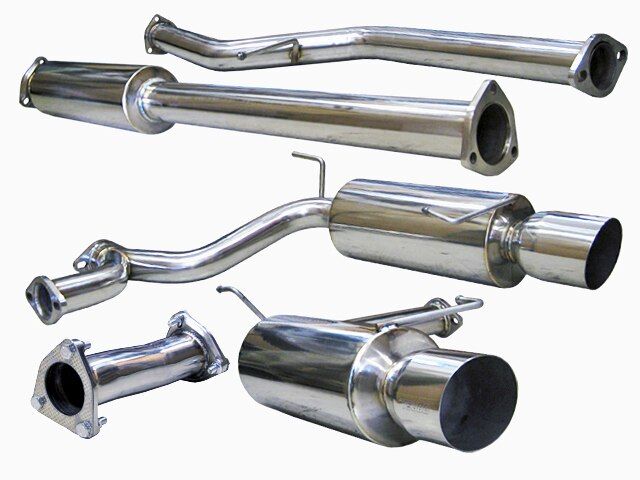 4
4
Walker Exhaust SoundFX 18915 Direct Fit Exhaust Muffler
Bestseller No. 5
AP Exhaust Products 7517 Exhaust Muffler
Bestseller No. 6
6
Walker Exhaust SoundFX Universal 18138 Universal Exhaust Muffler
SaleBestseller No. 7
Pair of Single Chamber Performance Race Muffler 2. 5" Center / Center Universal Muffler (2.5 Inch)
5" Center / Center Universal Muffler (2.5 Inch)
Bestseller No. 8
Walker Exhaust Quiet-Flow SS 56233 Direct Fit Exhaust Muffler Assembly
SaleBestseller No.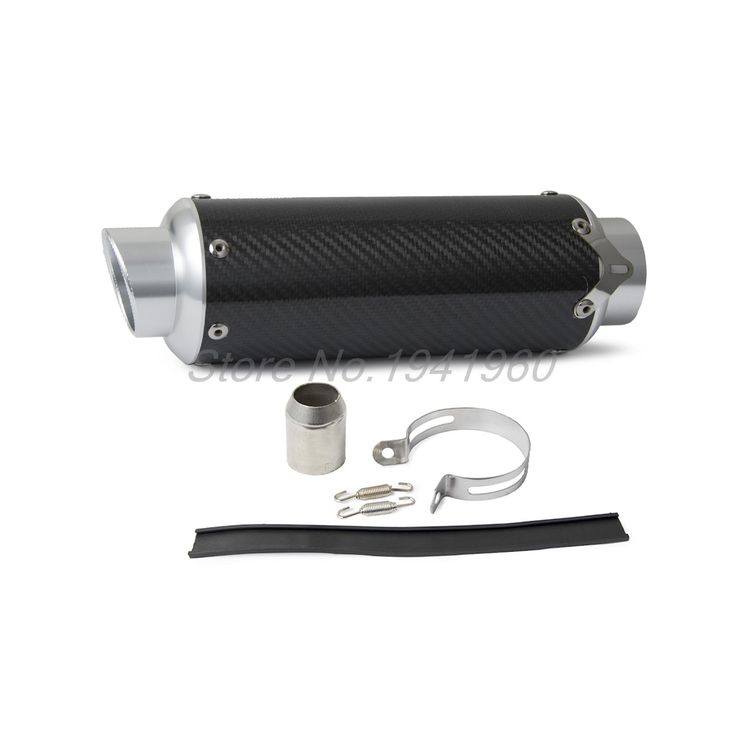 9
9
Walker Exhaust SoundFX 18905 Direct Fit Exhaust Muffler
SaleBestseller No. 10
Walker Exhaust Quiet-Flow 50359 Direct Fit Exhaust Muffler Assembly
Bestseller No.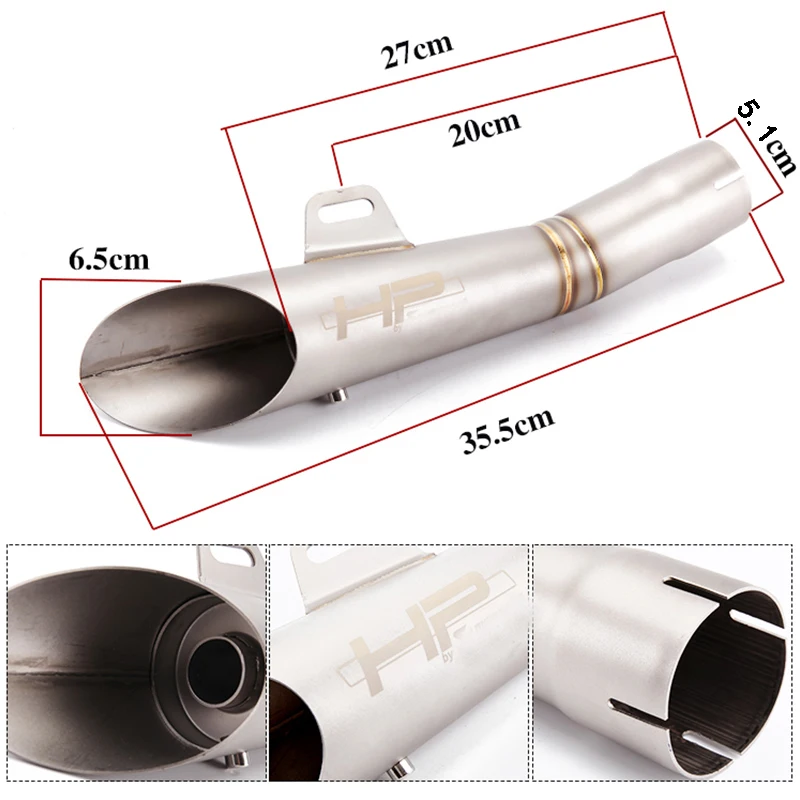 11
11
Walker Exhaust Quiet-Flow SS 54767 Direct Fit Exhaust Muffler Assembly
Bestseller No.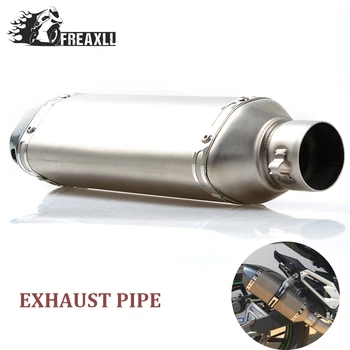 12
12
AP Exhaust Products 700234 Exhaust Muffler
Bestseller No. 13
AP Exhaust Products 709014 Exhaust Muffler
Bestseller No. 14
Walker Exhaust Quiet-Flow SS 55544 Direct Fit Exhaust Muffler Assembly
Bestseller No.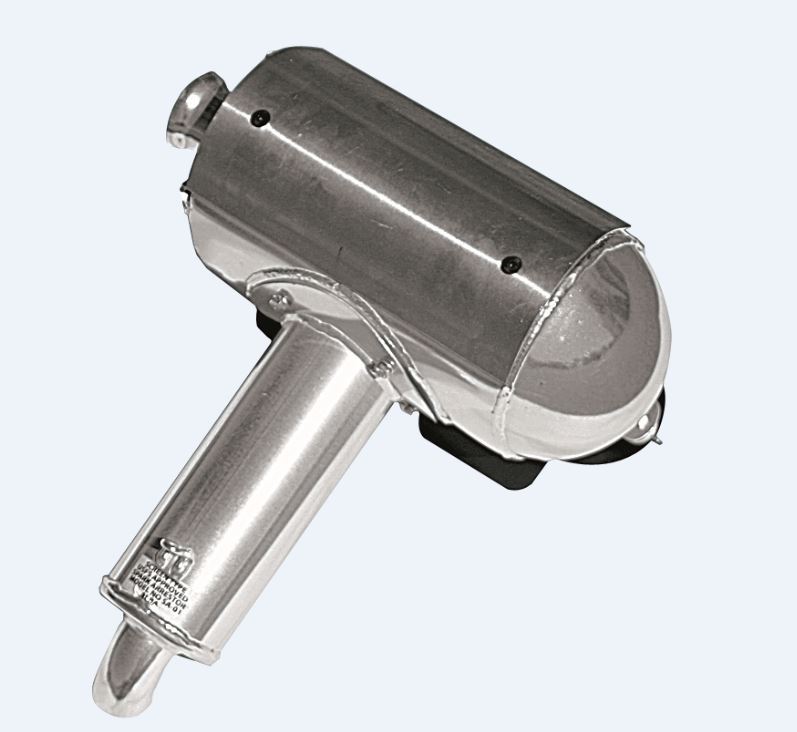 15
15
Walker Exhaust SoundFX 18945 Direct Fit Exhaust Muffler
SaleBestseller No. 16
Walker Exhaust SoundFX 18439 Direct Fit Exhaust Muffler
Bestseller No.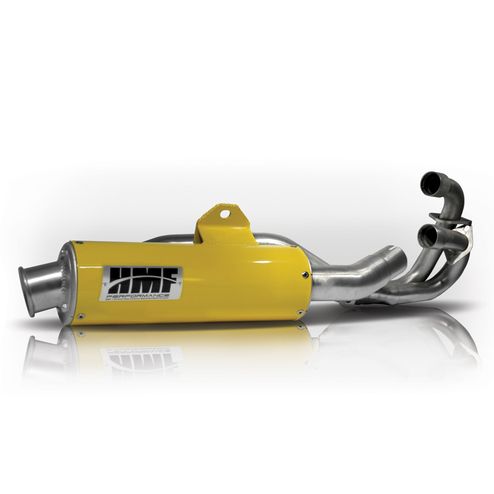 17
17
BoardRoad Exhaust Muffler System Cat-Back Matte Black Dual CatBack For 2007-2017 Wrangler JK 2/4DR
 Product features a premium black-coated finish.
Product features a premium black-coated finish.Bestseller No. 18
Walker Exhaust SoundFX Universal 18101 Universal Exhaust Muffler
SaleBestseller No. 19
19
Walker Exhaust SoundFX 18966 Direct Fit Exhaust Muffler
Bestseller No. 20
Walker Exhaust Quiet-Flow SS 54560 Direct Fit Exhaust Muffler Assembly
Most mufflers would deal with temperatures which range between 300 and 500 degrees Fahrenheit.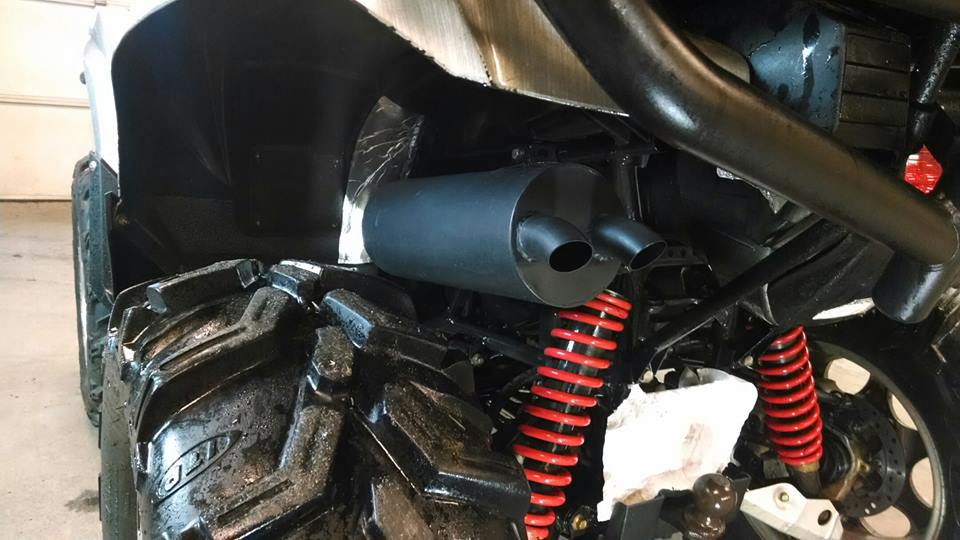 Because of the heat intensity being produced by the emission system of the engine, most of the exhaust systems are indeed built to handle an excess of almost 1200 degrees.
Because of the heat intensity being produced by the emission system of the engine, most of the exhaust systems are indeed built to handle an excess of almost 1200 degrees.
Though some of the heat from the exhaust system might disperse prior leaving the tailpipe, mufflers could still be extremely hot. Once the heat on the exhaust system exceeds the average temperature then there could be an issue with regards to the emission system of the engine.
With this, the emission system must be trouble shooted and repaired quickly prior to continuing the use of the vehicle since high temperature would cause the catalytic converter to fail.
In order not to worry too much about a damaged muffler, there are indeed ways on how to repair muffler hole. Just simply follow the steps below:
There are numbers of tools and materials that are needed in doing so. Some of these are the following:
Some of these are the following:
Axle stands or wheel ramp
Eye protection
Jubilee clips
Metal ships
Screwdriver
Spanners, assorted pliers and thumpy things
Exhaust repair paste
Empty tin can
Bear in mind to always consider wearing appropriate clothing along with a hat. Indeed, you should have the best rolling tool box wherein you have all the needed things in terms of repairing muffler hole.
This could be so easy. Once the exhaust is not snapped through however it is still blowing then you might be able to hear it. The car might sound like the engine has gained an extra couple of liters. But if you can’t see the hole, there is just a need to move your hand alongside the exhaust up until you feel the breeze of the escaping fumes. Just feel along both of the sides but always be careful since the exhaust pipe would get a lot hotter.
Just feel along both of the sides but always be careful since the exhaust pipe would get a lot hotter.
Once exhaust broke into an odd-shaped bit then there is a need to fix it from the inside out. There is a need to use the snips in turning the can to a sheet of steel then roll it up to be small enough fitting the exhaust. But once the break is in a straight section, the can could only be wrapped around the outside of break then locking it in place along with a pair of the jubilee clips.
There is a need to pull the loose section tightly against the fixed one. Just put a jubilee clip around the loose section of the exhausted and the second clip is threaded through the first as well as around the protruding part of the fixed section. Smear the joint in copious quantities of the exhaust fixing paste then leave it to the set. You might also want to know how to paint an engine, so read this.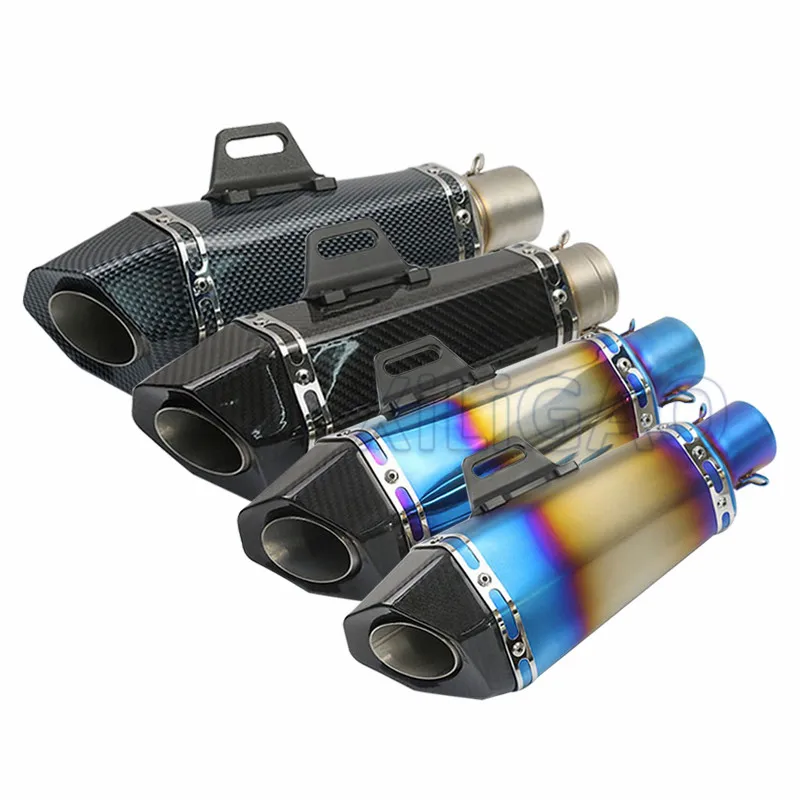
And for ways on how to paint the muffler, consider the following:
Make sure that all the things needed are ready and available.
First, remove the old finish the muffler has.
Then prepare for painting.
Now, simply paint the muffler.
And finally, bake on the finish.
Indeed, doing the process on your own could also be a daunting task but could be fulfilling once you successfully finished it. Being equipped with ways on how to repair damaged or exhausted muffler will make you not think too much whether the muffler exceeds the average temperature or not. Watch this for a more detailed guide on how to repair a hole or a leak in an exhaust pipe having not to dismantle it at all.
If you think that the exhaust system of the car is only designed in reducing noise, well you are wrong since it is as well responsible in terms of reducing harmful emissions from entering the atmosphere.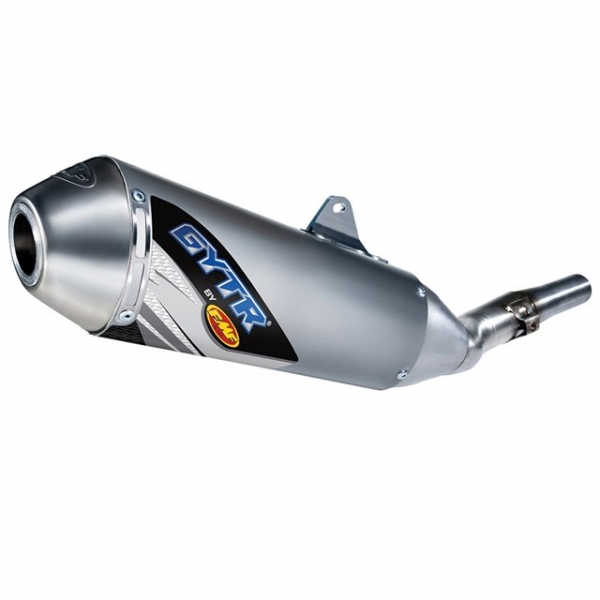 Indeed, there are great roles that mufflers are playing. And with that, you might not afford to deal a too hot or exhausted muffler. So, if you couldn’t do it all by yourself, asking the help of professionals or experts with regards this matter should always be your next move.
Indeed, there are great roles that mufflers are playing. And with that, you might not afford to deal a too hot or exhausted muffler. So, if you couldn’t do it all by yourself, asking the help of professionals or experts with regards this matter should always be your next move.
Indeed, with the importance of mufflers, getting it done as soon as possible must not be ignored. There are also numbers of products out in the market when it comes to exhaust pipe such as expander, epoxy and repair tape that are needed much during the process.
Exhaust Muffler Tail Pipe Expander - Via Amazon
Check Current Price At Amazon
Repair Tape - Via Amazon
Check Current Price At Amazon
Quick Setting Steel Reinforced Epoxy - Via Amazon
Check Current Price At Amazon
If you are interested in this article then like and share it and feel free to post your comments below!
Click to rate this post!
[Total: 0 Average: 0]
Over the past 10 years, Lucas Knight has been a motorcycle rider. He has built up an incredible passion for travelling by motorbike and always wishes to contribute to motorcyclist community. This is the reason why he created MotorManner.com where his passion is turned into useful and interesting information to the motorcycle lover. Follow his facebook and twitter or subcribe to his website to receive more useful information in motorcycle world.
He has built up an incredible passion for travelling by motorbike and always wishes to contribute to motorcyclist community. This is the reason why he created MotorManner.com where his passion is turned into useful and interesting information to the motorcycle lover. Follow his facebook and twitter or subcribe to his website to receive more useful information in motorcycle world.
https://motormanner.com/ is a participant in the Amazon Services LLC Associates Program, an affiliate advertising program designed to provide a means for sites to earn advertising fees by advertising and linking to amazon.com. Amazon, the Amazon logo, AmazonSupply, and the AmazonSupply logo are trademarks of Amazon.com, Inc. or its affiliates.
Email: [email protected]
SITE: 1
Think about how often you service your ATV? But this is an important component of the "health" of the all-terrain vehicle, on which the operation of all transport systems depends. And even if you decide to buy a new ATV, be prepared for the fact that sometimes you will have to face problems. For example, many riders complain that the ATV exhaust pipe gets hot. But this is a “bell” that some systems of the device do not work correctly. So let's figure out what to do if the muffler of the ATV is hot.
And even if you decide to buy a new ATV, be prepared for the fact that sometimes you will have to face problems. For example, many riders complain that the ATV exhaust pipe gets hot. But this is a “bell” that some systems of the device do not work correctly. So let's figure out what to do if the muffler of the ATV is hot.
In fact, there are not so many reasons for the strong heating of the exhaust system. Most often, this situation occurs due to:
There are not so many reasons why the exhaust pipe gets hot on an ATV. And almost all of these problems can be eliminated even by a novice rider.
Even novice drivers know that the fuel mixture is prepared from gasoline and air. But at the same time, the proportions of the components play an important role. For example, if there is more air than gasoline, then the mixture will turn out to be too poor. And here the problems begin. A lean composition leads to a number of problems:
For example, if there is more air than gasoline, then the mixture will turn out to be too poor. And here the problems begin. A lean composition leads to a number of problems:
A lean mixture is also one of the reasons why the muffler gets hot on an ATV. The fact is that the remaining fuel gets into the pipe, which explodes in it. This leads not only to an increase in the temperature of the exhaust system, but also to serious damage.
If the ATV exhaust pipe gets very hot, first make sure the fuel mix is properly prepared. You can diagnose the problem by several key symptoms:
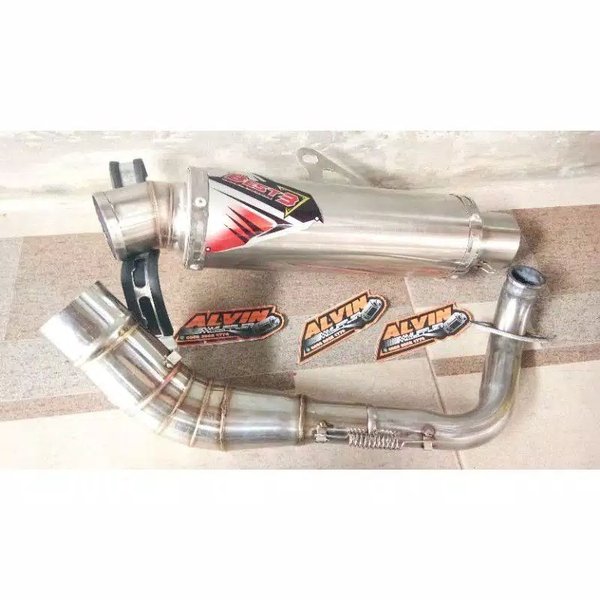
A simple carburetor adjustment will solve the problem. You can learn more about the procedure for cleaning and tuning the fuel system in our article.
Another reason why the muffler on an ATV gets hot is a melted spark arrestor. This is a special mesh that is designed to dampen vibrations and noise. However, sometimes this component can melt or simply clog. Because of this, the exhaust gases will not be able to exit the pipe, which leads to an increase in the temperature of the pipe.
To check the spark arrester, unscrew the 3 bolts at the end of the exhaust pipe and carefully pull out the "innards" of the system. If the mesh is just clogged, it can be blown out. But the melted component should be replaced or completely abandoned.
Spark arrester problems are usually caused by an incorrectly tuned carburetor, rich or lean composition. If all quadric systems work correctly, the grid is cleaned every 10-12 thousand km.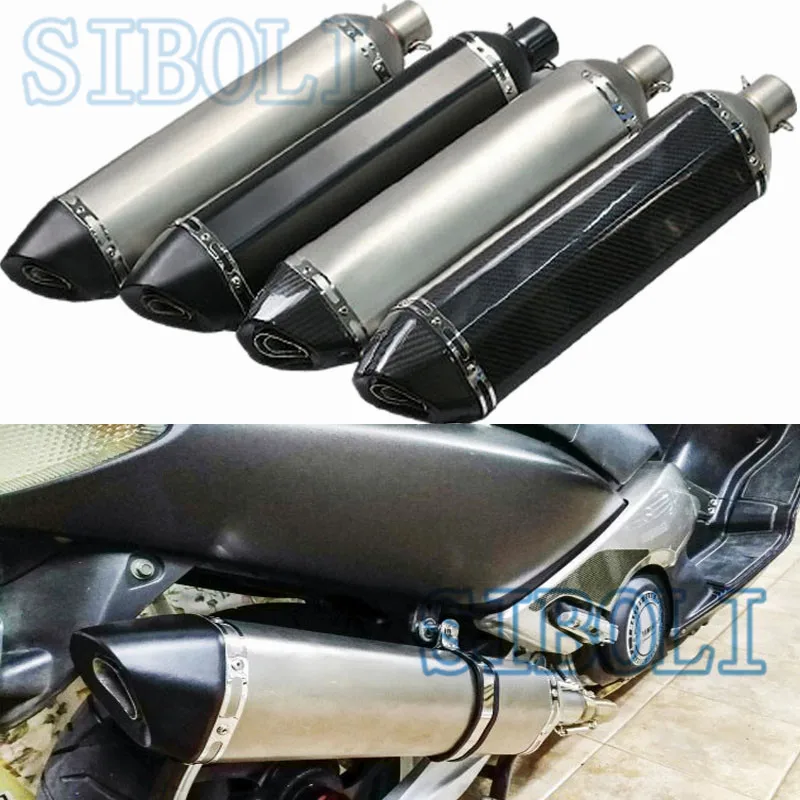
Late ignition problems usually occur on quads with a carburetor. The essence of the problem is that the fuel mixture ignites too late and burns out already in the cylinders of the power unit. This leads to a drop in power, increased gas mileage and excessive carbon deposits. In addition, the burnout of the composition during the power stroke can cause the engine to overheat and excessive heating of the exhaust system.
09/14/2021 1830
Stable operation of the vehicle depends on the serviceability of all parts, including the muffler. If it is clogged and does not work well, the engine power is significantly reduced, and this in turn will lead to an increase in fuel consumption. On scooters that have a two-stroke engine, a dirty muffler is a common occurrence. The vehicle starts to stall, it starts poorly, its traction decreases, the speed drops significantly. In order for your vehicle to serve for a long time, you should regularly clean the muffler.
The main causes of clogged muffler on a scooter
Every scooter owner should know how to understand if the muffler is clogged and determine that the scooter has started to work worse due to a dirty exhaust system. Unfortunately, on such vehicles, muffler problems occur most often.
Scooter mufflers are often contaminated with residues from flammable liquids such as gasoline and engine oil. At the same time, if low-quality fuel and lubricating fluid is used, the pollution of the exhaust system will occur much faster. It is not difficult to guess that a scooter engine failure will lead to the same consequences.
To check how heavily it is clogged with soot and debris, it should be dismantled from the scooter and blown out. If the muffler is relatively clean, the air flow will come out of it freely, as from a wind pipe. However, if it is dirty, resistance will be felt during blowing. Even if, in your opinion, it is very insignificant, it is still worth cleaning the muffler, as over time more and more carbon deposits will accumulate in it, which will be much more difficult to remove.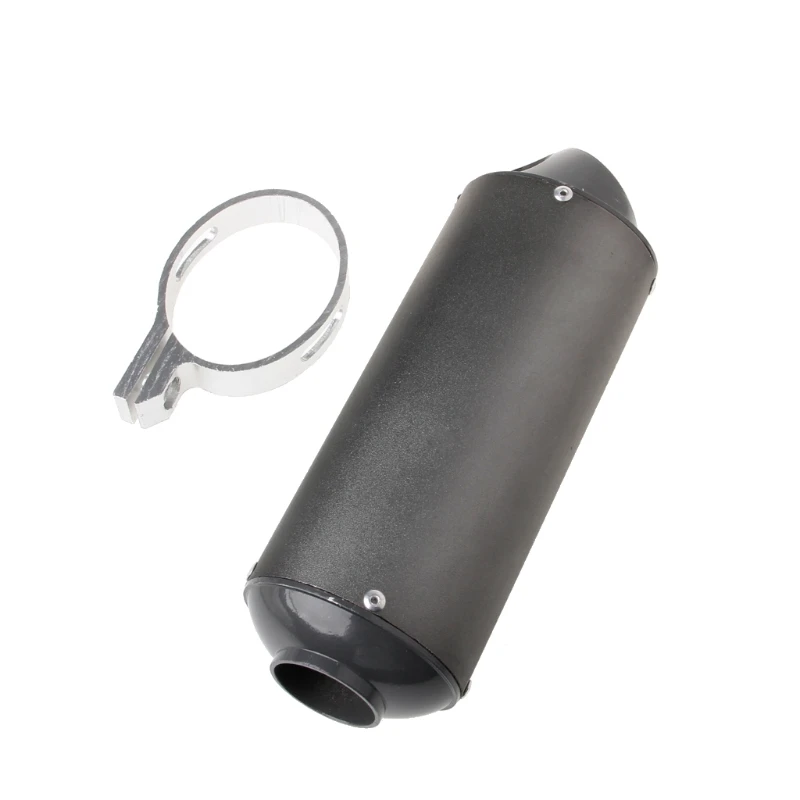
Ways to clean the muffler
There are several ways to clean it. Some of them are simple and easy, but they do not give a good result. Let's take a look at some cleaning methods.
Hand cleaning
For this method of cleaning the muffler, you will need to prepare a metal cable, one end of which will need to be untwisted into something like a brush. This brush must be inserted into the pipe, while trying to turn it as often as possible in order to clean the inner surface of the muffler from carbon deposits as best as possible. It is worth pushing the cable inside the pipe until it rests against its end.
According to experts, this method of cleaning the exhaust pipe on a scooter is quite effective, which you will be able to appreciate immediately after its application. Its main disadvantage is the fragility of the result, which is why such cleanings have to be carried out as regularly as possible.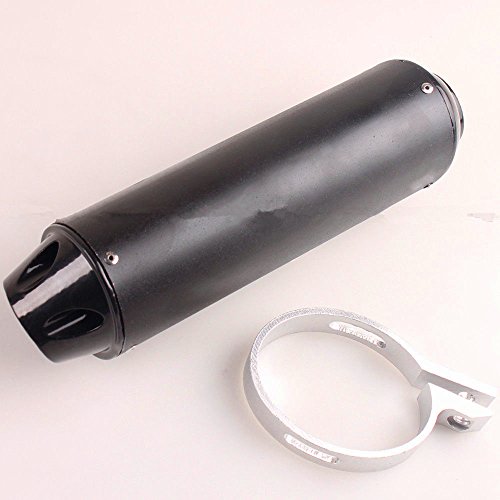
Chemical cleaning
Chemical cleaning is recommended only if the muffler is slightly contaminated, as the use of chemicals for such purposes is not desirable.
The essence of the method is to wash the muffler with distilled water with the addition of cleaning agents. As the latter, you can also use pipe cleaners (the same "Mole" or "Mr. Muscle"). To carry out such a procedure, the muffler must be dismantled, and finally washed several times with clean water and dried before installation.
The essential advantage of this method is that it does not in any way change the appearance of the muffler and requires a minimum of time.
Heat treatment
The most effective way to remove carbon and soot is the muffler cleaning method using heat treatment. This method involves the use of a blowtorch, or a stove or barbecue (in the last two options, the muffler will need to be removed from the scooter). Its essence is to warm up the metal product as much as possible, as a result of which all carbon deposits will become looser.